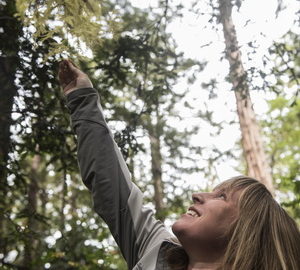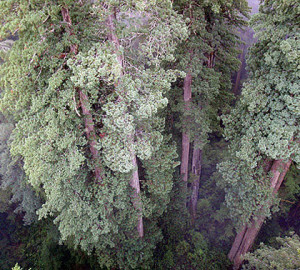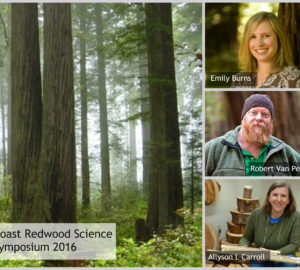Mapping the Redwood Genomes
onSave the Redwoods League is leading research to fully sequence the coast redwood and giant sequoia genomes — for the first time — utilizing conifer genetic sequencing techniques unavailable until now. By the end of this five-year project, the genome sequences and the screening tools developed will allow researchers to quickly assess genetic diversity in redwood forests to inform management plans that restore the health and resilience of these forests throughout their natural ranges as they face environmental stressors such as climate change.


